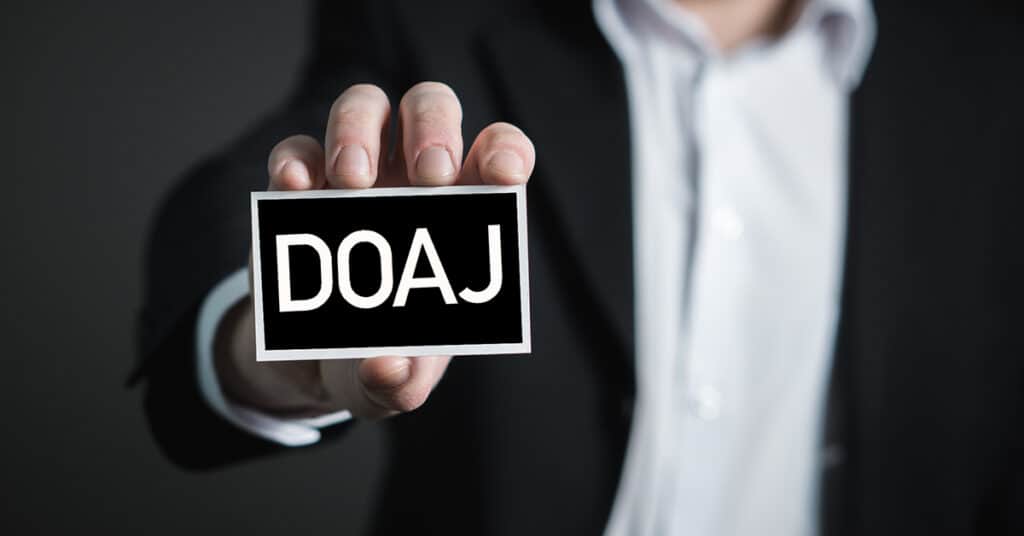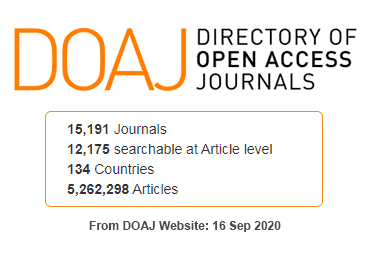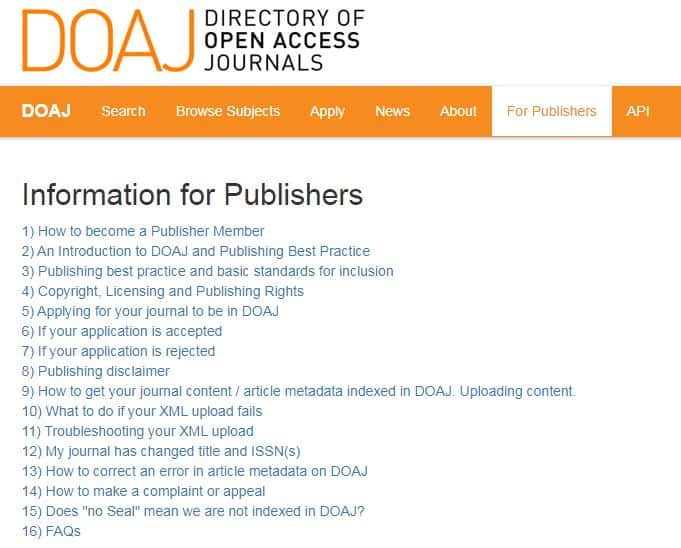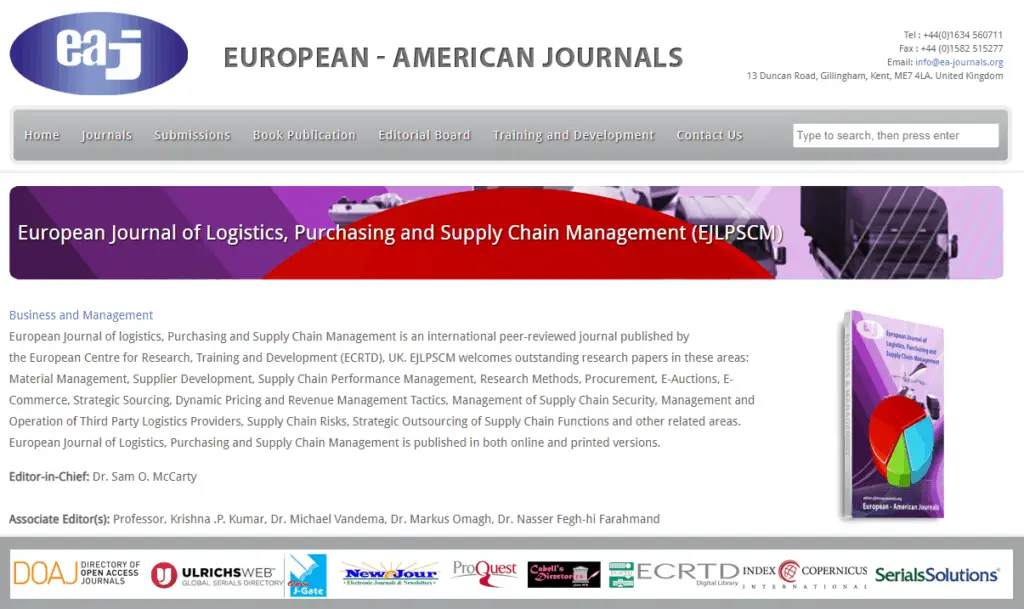Disclosure: This page may contain affiliate links. This means, at no additional cost to you, we receive a commission if you click through and make a purchase.
What is DOAJ?
What is Open Access?
How many journals and articles are indexed in DOAJ?
What are the criteria to be indexed in DOAJ?
It is useful to be aware important of the criteria to enable to be a journal to indexed in DOAJ as we need to be assured that a journal that is listed on the DOAJ web site is a credible journal and unlikely to be predatory.
DOAJ provides a “Publishing best practice and basic standards for inclusion“. which is comprehensive and will be of interest to those that are keen to get their journal indexed by DOAJ. It is interesting to see that there are some basic requirements that DOAJ insist on before a journal is indexed. These include:
- All content must be available immediately, without any embargo.
- Each journal must have its own home page, which is pointed to by one URL. Having a URL that points to a collection of journals is not acceptable.
- Basic information such as aims and scope, editorial board, instructions to authors, plagiarism policy etc. must be hosted on the journal’s web pages and not stored on another web site.
- Every article must have its own URL.
- A journal must have at least one ISSN.
- The journal’s home page must be easy to navigate and be clear and concise.
- The editorial board web pages must be up to date. It should be possible to contact the editorial board members and their names and affiliations should be given.
- Detailed and comprehensive guidelines to authors must be provided.
- Articles must go through peer review and the exact type of review must be clearly stated on the web site.
- The journal must clearly display any charges for an author(s). If there are no charges, this should be clearly stated.
- The open access policy of the journal should be clearly stated.
We assume that if a journal fails any of these tests then DOAJ will refuse to index it. Of course, if a journal is not indexed at DOAJ, it does not mean that it is predatory (if only life were that simple). The journal may have decided, for various (and good) reasons that it does not wish to apply to DOAJ. It should also be noted that only fully open access journals are indexed in DOAJ. This means that high quality journals that have a traditional publishing route cannot be indexed by DOAJ, even if they have an open access route to publication.
Does DOAJ index predatory journals?
Do journals ever misrepresent their affiliation to DOAJ?
Yes, yes and yes again. DOAJ is seen as a measure of quality, in that if you are listed by DOAJ it shows that you are recognized as being a reputable Open Access publisher/journal. It provides a positive signal to the casual browser that the journal is credible. So, it is understandable, if not ethical that journals may try and associate themselves with DOAJ even if they have not been indexed by them.
According to the DOAJ spreadsheet this journal misrepresents itself by claiming an affiliation with DOAJ. They do not have this affiliation. The screen shot above (click to expand) shows the home page of this journal. The image at the bottom of this page (the image has been slightly edited to remove information from the middle of the page) suggests that this journal is indexed by DOAJ. However, if we search for this journal on the DOAJ web site, it s not found (see image below).






